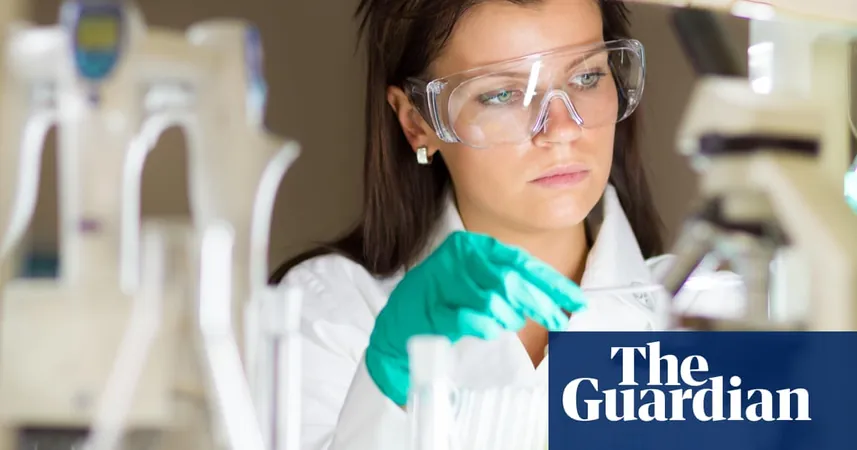
The Hidden Challenges in Bringing Medical Devices to Market
2025-03-17
Author: Mei
Introduction
In the world of healthcare, it's disheartening to learn that revolutionary treatments are often left on the cutting room floor due to lack of funding. A recent exploration into this issue reveals that not only new medicines but also innovative medical devices are frequently sidelined—leaving patients without potentially life-changing solutions.
Obstacles in Transitioning from Research to Commercial Use
As highlighted by health expert Alexander Masters, the transition from laboratory research to commercial use is fraught with obstacles, wasting valuable resources and squandering years of research. This dilemma is particularly pronounced for implantable medical devices designed to mitigate complications, such as infections. While promising technologies exist that could dramatically enhance patient outcomes, many remain trapped in the laboratory, unable to secure the financial backing needed for further development.
Challenges of Clinical Trials
Clinical trials, often viewed as the "gold standard" for assessing new treatments, pose their own set of challenges. Randomized clinical trials (RCTs) are essential for determining safety and efficacy, yet they commonly fail to mimic real-world conditions. Even when a device successfully navigates the RCT phase, it can still stumble during post-market evaluations, revealing unforeseen complications once introduced to the broader population.
Regulatory Hurdles
Moreover, regulatory hurdles present yet another significant challenge. Current approval processes can be outdated, prohibitively expensive, and ill-suited to contemporary innovations. This complex web of financial and regulatory challenges is often referred to as the "valley of death," where many potentially groundbreaking medical devices fail to make it to the marketplace.
Call for Reform
Advocates for reform argue that a more agile, efficient regulatory framework could accelerate the assessment and approval of new medical technologies. If these barriers were lowered, it could unlock an era of innovation, bringing forth devices that dramatically improve patient care and save lives.
Conclusion
The stakes are high, but with concerted effort from scientists, policymakers, and investors, the dream of transforming innovative research into real-world solutions remains within reach. The future of healthcare may very well depend on overcoming these significant barriers.




 Brasil (PT)
Brasil (PT)
 Canada (EN)
Canada (EN)
 Chile (ES)
Chile (ES)
 Česko (CS)
Česko (CS)
 대한민국 (KO)
대한민국 (KO)
 España (ES)
España (ES)
 France (FR)
France (FR)
 Hong Kong (EN)
Hong Kong (EN)
 Italia (IT)
Italia (IT)
 日本 (JA)
日本 (JA)
 Magyarország (HU)
Magyarország (HU)
 Norge (NO)
Norge (NO)
 Polska (PL)
Polska (PL)
 Schweiz (DE)
Schweiz (DE)
 Singapore (EN)
Singapore (EN)
 Sverige (SV)
Sverige (SV)
 Suomi (FI)
Suomi (FI)
 Türkiye (TR)
Türkiye (TR)
 الإمارات العربية المتحدة (AR)
الإمارات العربية المتحدة (AR)